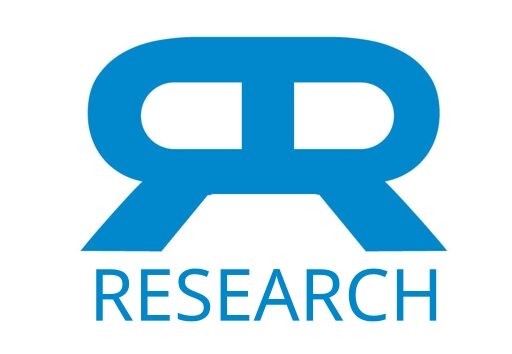We have investigated prospectively the efficacy of two nonpharmacologic relaxation techniques in the therapy of anxiety. A simple, meditational relaxation technique (MT) that elicits the changes of decreased sympathetic nervous system activity was compared to a self-hypnosis technique (HT) in which relaxation, with or without altered perceptions, was suggested. 32 patients with anxiety neurosis were divided into 2 groups on the basis of their responsivity to hypnosis: moderate-high and low responsivity. The MT or HT was then randomly assigned separately to each member of the two responsivity groups. Thus, 4 treatment groups were studied: moderate-high responsivity MT; low responsivity MT; moderate-high responsivity HT; and low responsivity HT. The low responsivity HT group, by definition largely incapable of achieving the altered perceptions essential to hypnosis, was designed as the control group. Patients were instructed to practice the assigned technique daily for 8 weeks. Change in anxiety was determined by three types of evaluation: psychiatric assessment; physiologic testing; and self-assessment. There was essentially no difference between the two techniques in therapeutic efficacy according to these evaluations. Psychiatric assessment revealed overall improvement in 34% of the patients and the self-rating assessment indicated improvement in 63% of the population. Patients who had moderate-high hypnotic responsivity, independent of the technique used, significantly improved on psychiatric assessment (p = 0.05) and decreased average systolic blood pressure from 126.1 to 122.5 mm Hg over the 8-week period (p = 0.048). The responsivity scores at the higher end of the hypnotic responsivity spectrum were proportionately correlated to greater decreases in systolic blood pressure (p = 0.075) and to improvement by psychiatric assessment (p = 0.003). There was, however, no consistent relation between hypnotic responsivity and the other assessments made, such as diastolic blood pressure, oxygen consumption, heart rate and the self-rating questionnaires. The meditaiional and self-hypnosis techniques employed in this investigation are simple to use and effective in the therapy of anxiety.
Treatment of Anxiety: a Comparison of the Usefulness of Self-Hypnosis and a Meditational Relaxation Technique: An Overview
Publication
Psychotherapy and Psychosomatics
30 (3-4): 229-242
Abstract
Web and Email Links
Related Listings
Journal
Behavioral Medicine
Over the last 20 years, medical researchers from a variety of disciplines, including behavioral medicine, neuro-immunology, neuroendocrinology, social medicine, and psychiatry, have converged in an effort to produce greater understanding and acceptance of the effects of psychological factors on physical health. Many in the medical profession have remained somewhat skeptical, claiming that psychological components of healing are largely "folklore", unsubstantiated by hard evidence. The […]
Journal
Journal of Cardiopulmonary Rehabilitation
We previously reported reduced blood pressure, psychological symptoms, and other cardiac risk factors in hypertensive patients who participated in a nonpharmacologic, outpatient behavioral program. The present study is a 3 to 5 year follow-up of 59 (60%) of the same patients (who served as their own controls) to assess continued efficacy of the program. At entry into the study, patients had hypertension for a median of 6 years. Therefore, it is unlikely that placebo effect could expla […]
Journal
PLOS ONE
The relaxation response (RR) is the counterpart of the stress response. Millennia-old practices evoking the RR include meditation, yoga and repetitive prayer. Although RR elicitation is an effective therapeutic intervention that counteracts the adverse clinical effects of stress in disorders including hypertension, anxiety, insomnia and aging, the underlying molecular mechanisms that explain these clinical benefits remain undetermined. To assess rapid time-dependent (temporal) genomic […]

